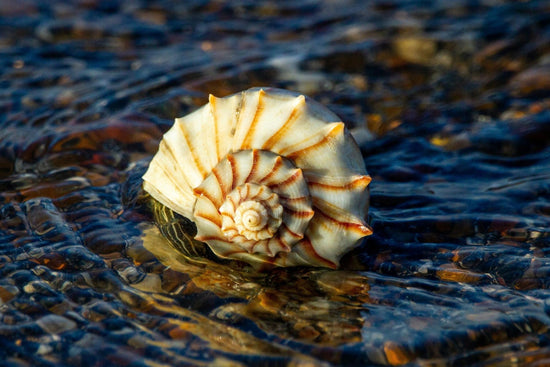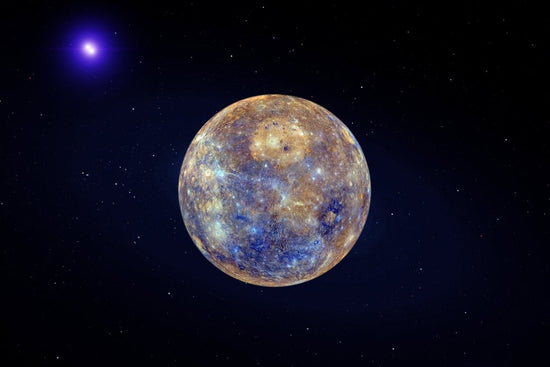In a brand new study, microplastics were found in human placentas. Where are these plastics coming from, and what are the consequences?
Environment International recently published a study in which microplastics were found for the first time in human placentas. Scientists found these microplastics in both maternal and fetal placental material as well as the membranes within which the fetus develops.
At every stage of plastic’s lifecycle, humans are exposed to dangerous chemicals and microplastics through inhalation, ingestion, and direct skin contact. We’ve known that plastic has become ubiquitous in our environment, and we’ve known that we’re exposed to it constantly, but this is the first time that we’ve discovered plastic inside our bodies.
Unfortunately, uncertainties and a lack of knowledge undermine the immediate and long-term health impacts of our plastic planet.
What are microplastics?
Microplastics are tiny particles of plastic, generally less than five millimeters in size. There are two types: primary and secondary. Primary microplastics were created to serve a specific function in a consumer product, such as an exfoliating agent in a facial wash.
Secondary microplastics are the result of the breakdown of larger pieces of plastic, like water bottles and packaging materials. Single-use plastics are the main source of secondary plastics in the world.
While we’ve been well aware of the plastic problem for years, not much research has been done yet. Scientists are still unsure what the lasting effects of microplastic pollution might be for the environment, wildlife, and human health.
Where are microplastics found?
Primary microplastics are in some surprising consumer goods. Clothing, tea bags, personal care products, and sponges are just a few of the everyday products that contain sneaky sources of plastic. Textiles and clothing are some of the worst culprits of plastic pollution, with fast fashion contributing scores of synthetic microfibers into the depths of our oceans.

Up to 85% of textiles end up in landfills each year. Photo from Sneakers & Lipstick
These little plastic particles don’t break down into harmless molecules for hundreds or thousands of years. Tiny bits of plastic accumulate in food chains through soil and water, and because they can’t be strained out at water treatment facilities, they end up in our drinking water and our oceans. In fact, microplastics have become so pervasive in our waterways that they’ve even been found in 90 percent of our table salt.
How microplastics affect human health
While there’s not a lot of research done yet on the health consequences of these tiny plastic particles, we do know that exposure to plastics can have detrimental health outcomes. Plastics are known endocrine disruptors, which means that they wreak havoc on our hormonal systems. They leach hundreds of toxic chemicals that are known or suspected carcinogens.
Ingesting microplastics can cause inflammation, damage to genetic information, and cell death. These symptoms are linked to a host of negative health outcomes including cancer, diabetes, autoimmune conditions, and a variety of other diseases. Every stage of plastic’s lifecycle - from extraction to manufacture to waste management - has negative impacts on our health, and the implications could have long term effects.
How plastic pollution affects environmental health
There is great concern about how plastic waste is affecting the environment, with the biggest concern being its impact on marine life. Today, there are an estimated 5.25 trillion pieces of plastic in our oceans, and nearly 700 species are impacted by this.
Plastic items have been found in the stomachs of whales, seabirds, and other marine animals. There is some evidence to suggest that this creates a “dietary dilution effect” that causes animals’ appetites to be suppressed before they attain the nutrition they acquire. It can also result in intestinal blockage, internal injury, malnutrition, and reduced growth rates.

Plastic debris in the ocean threatens marine life, where it's often mistaken for food. Photo by Chris Jordan
According to CSIRO’s Oceans and Atmosphere research, plastic chemicals have been found in the tissues of animals and have caused deaths in seabirds after becoming lodged in their intestines. It seems that plastic pollution affects animals mentally, as well - an October study on Australia’s barrier reef found that fish that ingested microplastics experienced behavioral changes that led to a higher incidence of death.
Sadly, it seems that the movement of ocean currents concentrate bodies of microplastics into hotspots on the seafloor that also tend to be meccas for biodiversity and important breeding grounds for vulnerable sea life. This creates an effect similar to the garbage patches on the surface of the Pacific Ocean.
Where do we go from here?
The good news is that we’re beginning to see progress moving forward. We’re creating technology to clean up plastic, increasing awareness, and putting measures in place to reduce virgin plastic production. Certain microplastics have recently been banned in the United States and several other countries. The Microbead-Free Waters Act of 2015, signed by Barack Obama, banned the use of plastic microbeads in personal care products and cosmetics.
A Dutch nonprofit organization called The Ocean Cleanup is successfully capturing and collecting plastic debris from the ocean. Amazingly, their system is not only catching large visible pieces of plastic, but even microplastics as small as one millimeter in diameter. They use the natural forces of the ocean to passively clean up plastic that piles up in garbage patches. The company also aims to halt 80 percent of the plastic that would otherwise end up in the ocean by intercepting its travel from the 1,000 most heavily polluting rivers in the world.
More and more products are being created to help eliminate the need for single-use plastic. Being aware of the products that contribute to plastic pollution helps consumers make educated choices.
If you’re inspired to eliminate plastic from our world, here’s a few things that you can do to help:
- Learn about where plastic is hiding in common consumer products
- Replace single-use plastics with reusable & plastic-free alternatives
- Support companies that are use zero waste packaging
- Avoid fast fashion
- Donate to or volunteer with organizations that are cleaning up our oceans and waterways
Feature image from plasticchange.org





